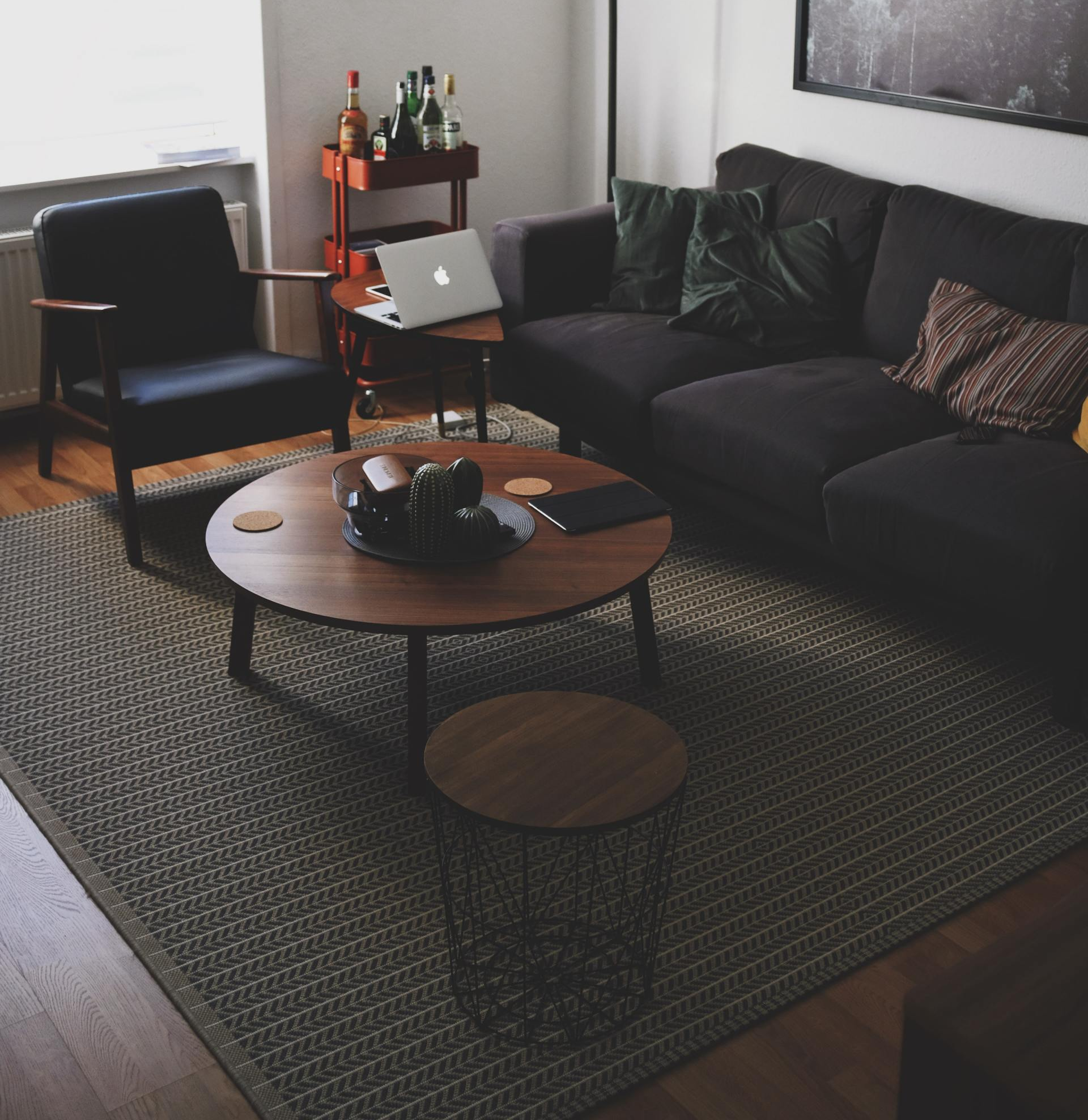Dye Bleeding
Dye Bleeding
Dye bleed or color run on rugs is the result of one or more colors transferring to adjacent colors in a wet state. Colors that transfer in a dry state are referred to as crocking. Dye bleed is most often seen in rugs where darker dyes such as red, blue, and black become loosened or fugitive and then are absorbed into adjacent areas of lighter color.
The causative factors influencing dye bleed are varied. Most of the time it is simply the result of poor or defective dyes. Dye fastness is primarily determined by the interaction of the dyestuff, mordant, selected yarn, time in and temperature of the dye bath. Mordants, typically metallic salts, such as alum, are agents which join with the dye and the yarn to set the color permanently. In actuality it is the poor selection or use of the mordant which results in a non colorfast dye. Not all dyes require mordants for fixing but most do. It is of little consequence whether the rug is vegetal dyed or dyed with synthetic dyes. Both can be extremely colorfast or non-colorfast.
Other common factors which can cause dye bleed are prolonged exposure to animal urine, exposure to high alkaline detergents, and sometimes prolonged exposure to water; i.e. flood. With animal urine, and high alkaline detergents left in the rug from previous cleanings, dye bleed may not occur until the rug is washed again.
An experienced rug washer can usually mitigate or prevent most dye bleed. Often dye bleed that does occur can be corrected, sometimes including rugs with pre-existing color run. However even when pre-testing and experience do not indicate potential problems surprises do occur. The cleaner should not be held responsible if industry standard practices have been employed in washing the rug.
Information provided courtesy of the Association of Rug Care Specialists



